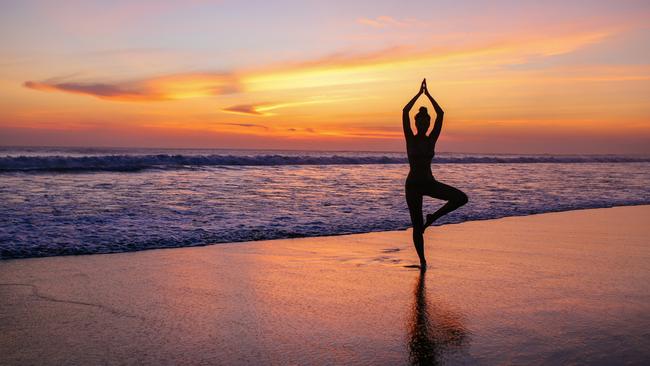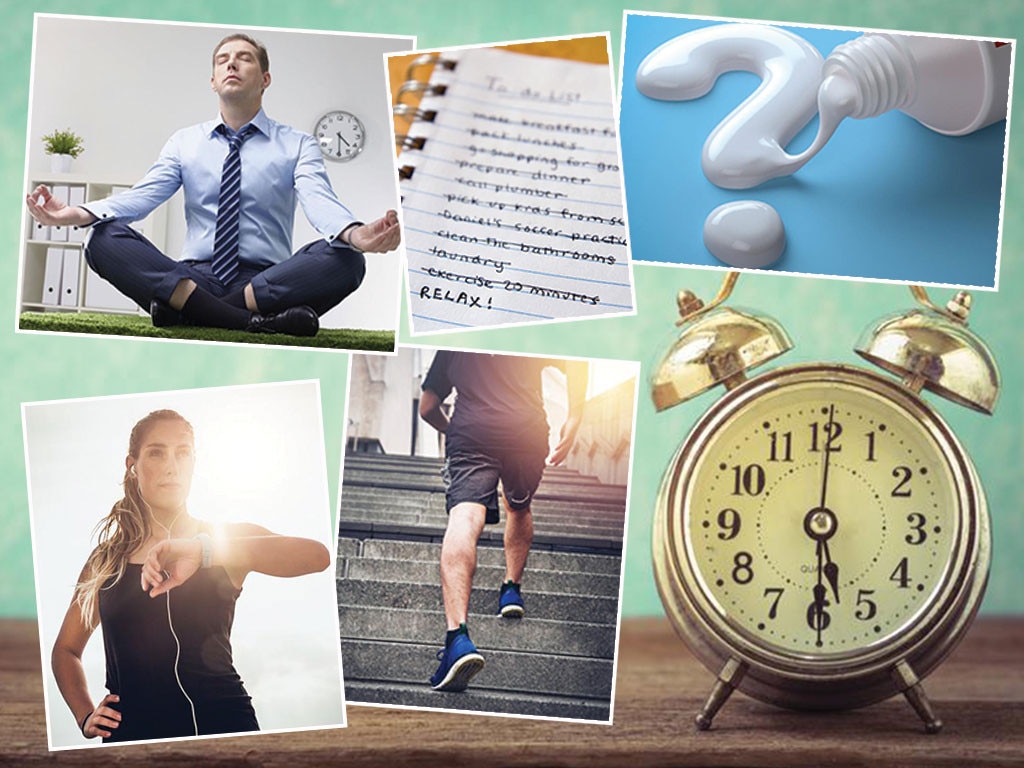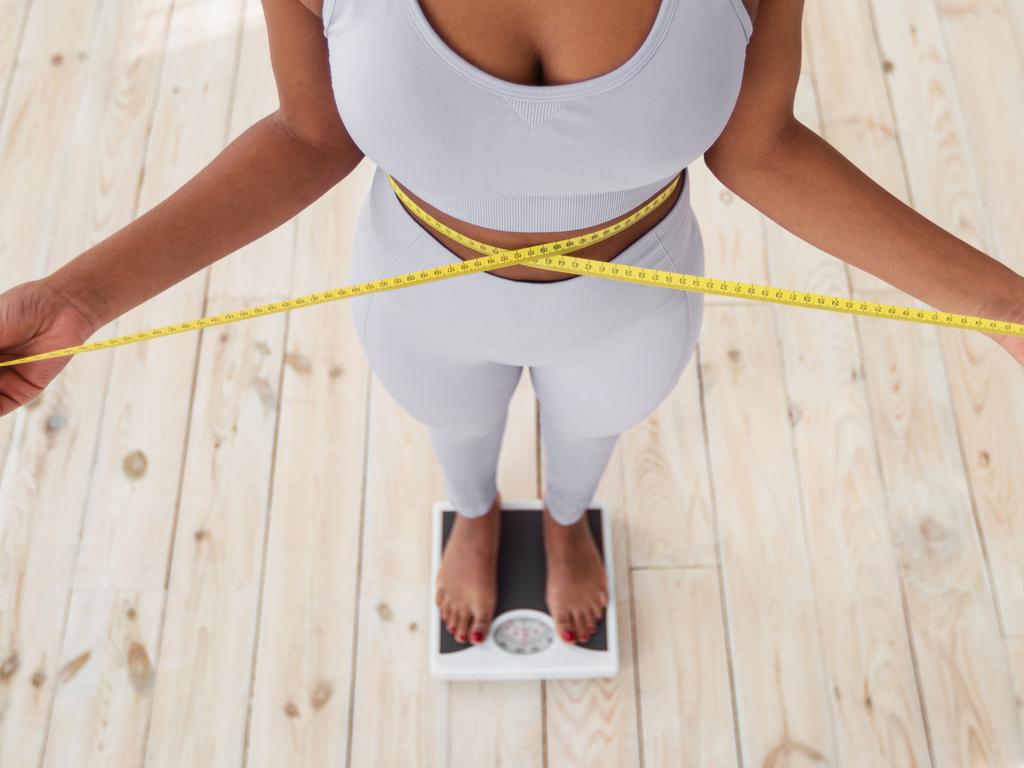If you can’t stand on one leg for 10 seconds, be concerned
No matter how fit you are, a study reveals an inability to hold a particular pose puts you at almost twice the risk of dying within a decade. Here’s what you can do about it.

For how long can you stand on one leg? From your fifties onwards, if you wobble after 10 seconds or less when attempting the one-legged stand, the prognosis for your health is not good. According to the authors of a study in the British Journal of Sports Medicine this month, if you can’t hold a flamingo-like pose on either of your feet within three attempts, you are at almost twice the risk of dying within ten years.
In their 12-year study examining the relationship between balance and mortality in a group aged between 51 and 75, Dr Claudio Gil Araujo of the Clinimex exercise medicine clinic in Rio de Janeiro and a team that included researchers from Bristol Medical School found that an inability to stand unsupported on one leg for 10 seconds – participants rested their free foot on the back of the leg they were balancing on, and stared forwards – was associated with an 84 per cent raised risk of death from any cause. And it’s not the first time balance has been called into play as a potential risk factor for longevity. Another study of people in their fifties showed that those who could stand on one leg for 10 seconds with their eyes closed were the most likely to be well in 13 years’ time. Those who managed just two seconds were three times as likely to die before the age of 66.
So stark is the latest evidence that Araujo is calling for balance tests to be included in health screening of older people. Poor balance is a known side effect of underlying medical conditions including inner ear infections, hearing loss, Parkinson’s, Alzheimer’s and stroke. But, as the latest evidence shows, it can also be a warning sign for things to come. Even in otherwise healthy adults, an inability to balance on one leg for 20 seconds or longer has been associated with an increased risk of small blood vessel damage in the brain, reduced cognitive function and stroke, while some researchers have identified a strong correlation between poor balance and the incidence of dementia.

Professor Jamie McPhee, head of sport and exercise sciences at Manchester Metropolitan University and a researcher into the effects of balance on wellbeing, says that a lack of balance is rarely a cause of ill health, but a strong marker for it. “People in poor health tend to have poor balance,” McPhee says. “It is a general but reliable indicator of physical decline.”
Some deterioration in balance is inevitable as we get older. In our twenties and thirties we each have about 70,000 specialised nerve cells — motor neurones — in the lower part of the spinal cord that connect with our trunk and leg muscles to control balance and movement. “It’s a continuous feedback loop that becomes less efficient as we age,” McPhee says. Typically, by the age of 75, some 40 per cent of those motor neurones have been lost, which explains why your average teenager or twentysomething can hold a one-legged stand for 27 seconds while someone in their sixties manages a fraction of that duration. And the decline happens regardless of how diligent we are at maintaining fitness and strength. McPhee has compared the balance of elite masters athletes aged 60-90 who trained 14-15 hours a week with those of healthy people of the same age.
“The older athletes did slightly better — by balancing for an average eight seconds while a regular older person managed four to five seconds — but the fitter people still fell short, which tells us that it is our brain’s control of movement that deteriorates.”

While we can’t avoid it, we can stem the deterioration. And any improvement in balance maintenance will prove a positive for longevity. “Just a few seconds of balance work every day could bring dividends for your health,” McPhee says. Here are his recommendations:
Stand on one leg
Start by standing on one leg with eyes open for as long as you can. “Stand next to a wall or railing so that you have support if you need it,” McPhee says. It’s not just balance that will improve the more you do this. There’s evidence that standing on each leg for 60 seconds three times daily improves hip bone density of people in their seventies, reducing the risk of a fracture if you do fall.
Now try it with your eyes closed
Once you can manage 20 seconds on each leg with the basic balance, try it with eyes closed. Without vision to help maintain balance, other senses are brought into play. “This challenges your powers of proprioception, your body’s ability to sense movement and space,” McPhee says. Aim to build up to 20 seconds on each leg. If you are brave, you can then progress to a single leg squat bend with eyes closed.
Walk along a line
Walking in itself won’t improve balance, but walking along a marked line on the ground – the marked perimeter of a sports pitch is ideal – is beneficial. “Following a line on the floor trains vision and focus, which help balance,” McPhee says. “And placing one foot in front of the other in this way means you are deliberately shifting your centre of mass to maintain balance.” If this is too easy, try heel-to-toe walking along a line – the proximity of feet makes it harder work to stay upright.
Use a step or platform
“Practising the same balance exercise over and again will mean you just become very good at balancing in that way,” McPhee says. “To improve, you need to add dynamic balance movements.” By this he means stepping up and down onto a small step, gradually pushing onto the toes or side-stepping up and down. “It’s about making sure your body’s centre of mass is shifted. Change direction and spend as much time on one foot in every movement as you can.”
The Times







To join the conversation, please log in. Don't have an account? Register
Join the conversation, you are commenting as Logout